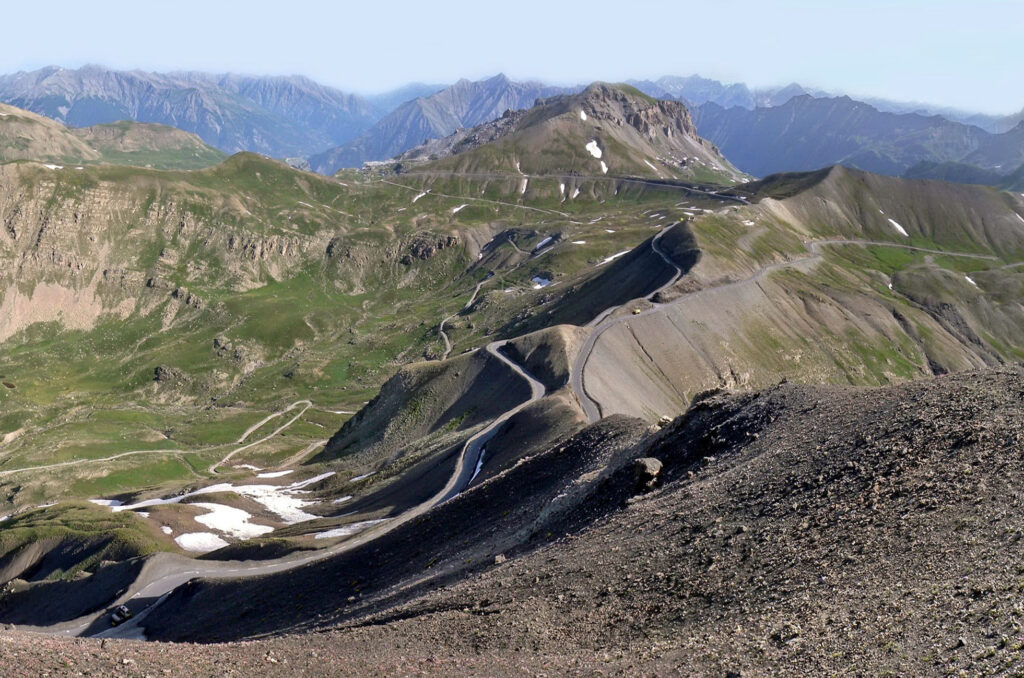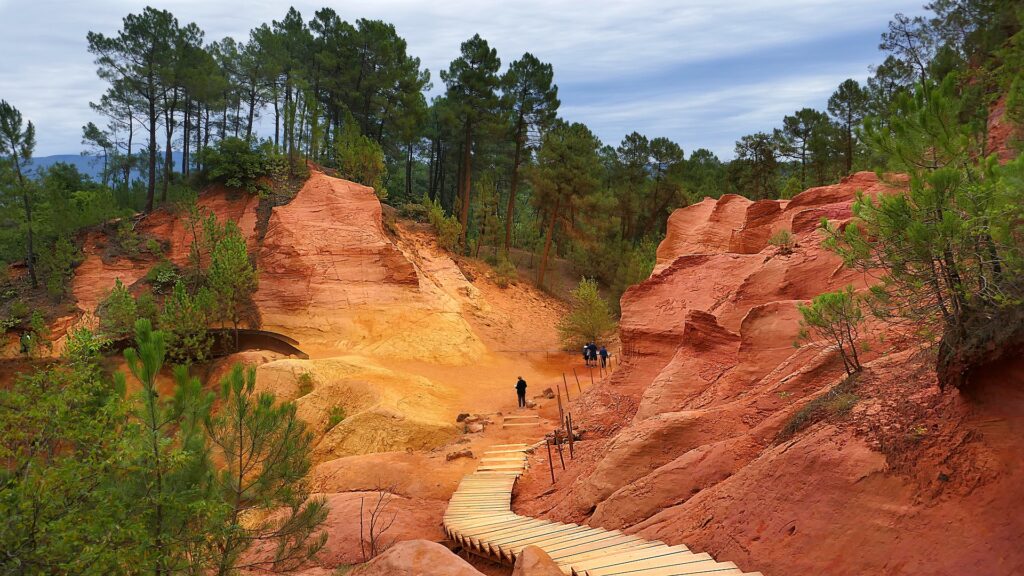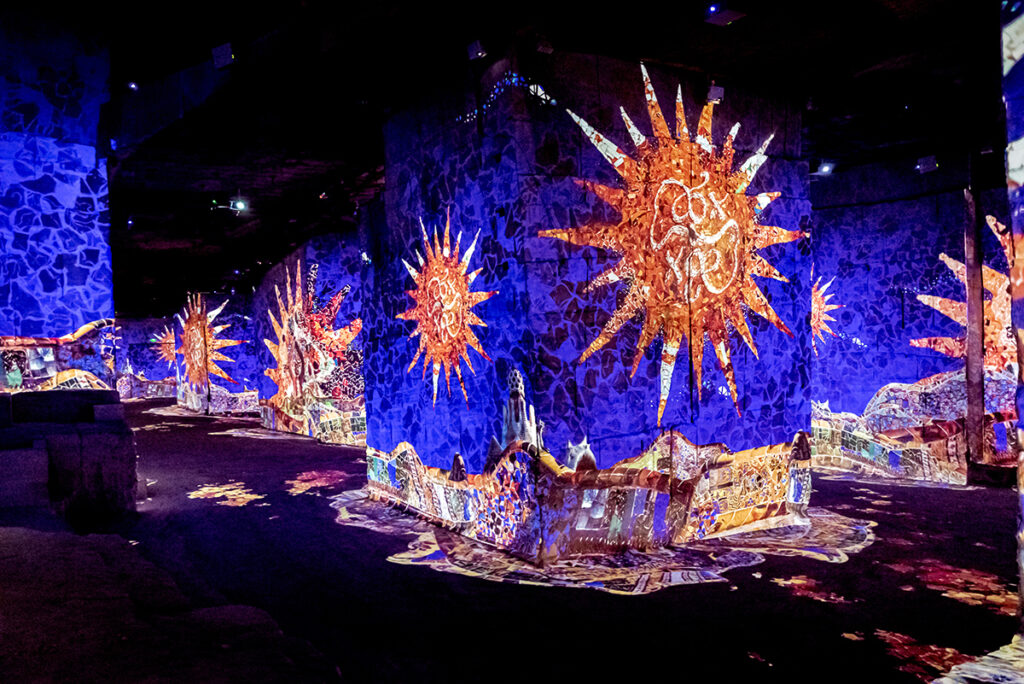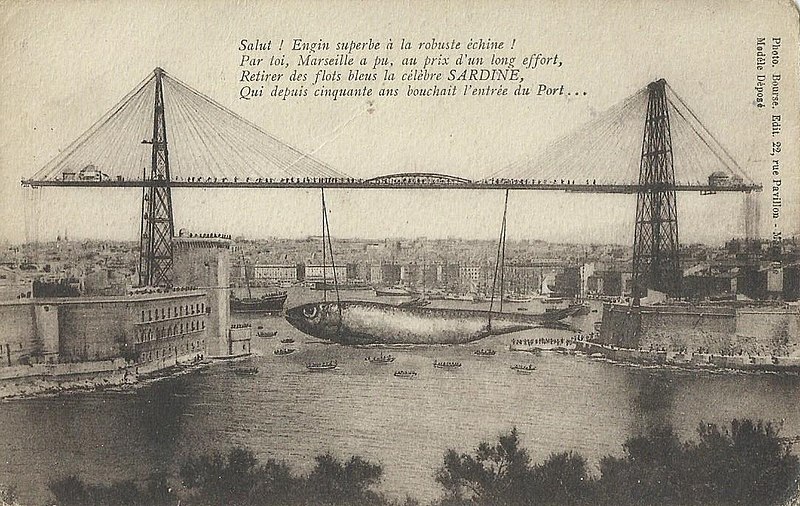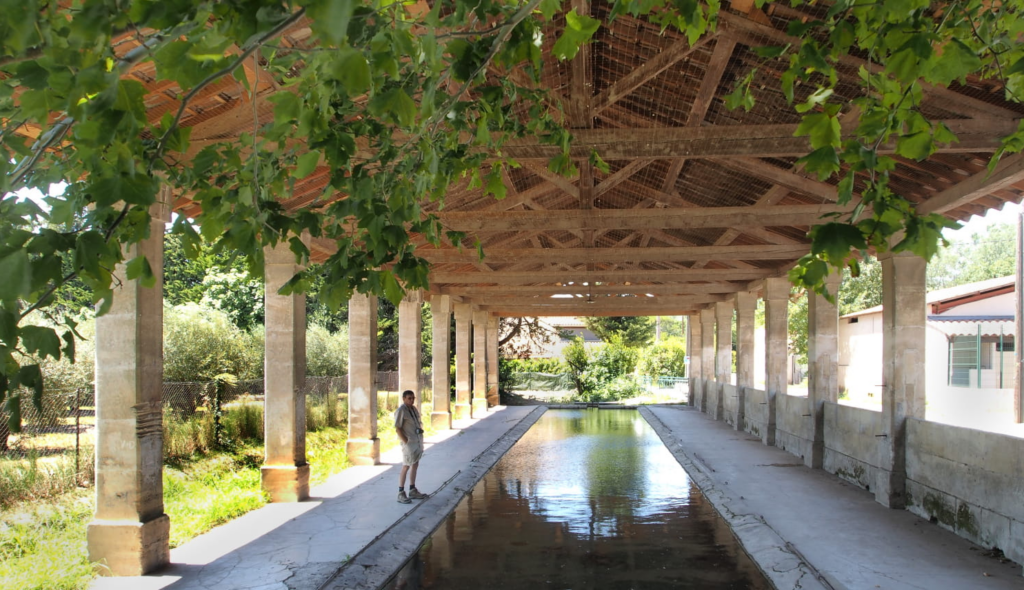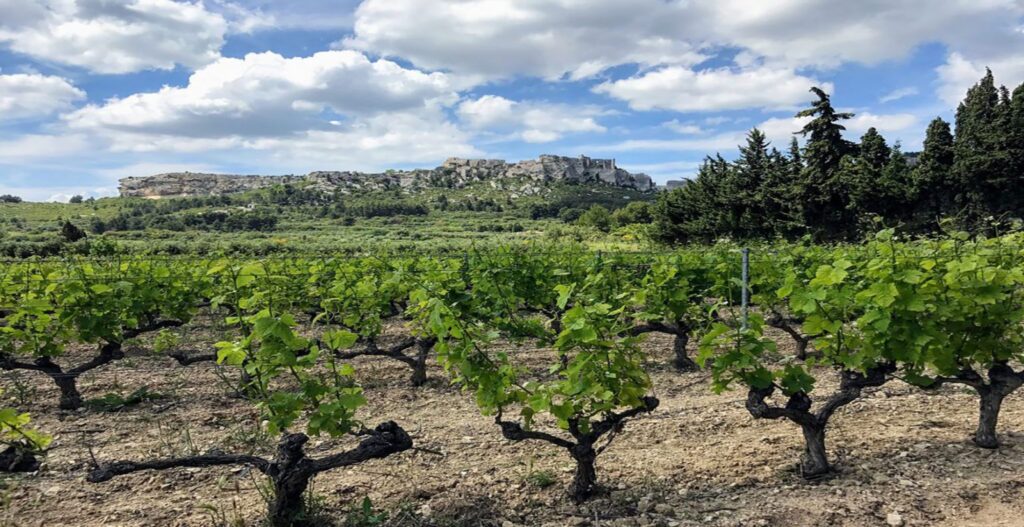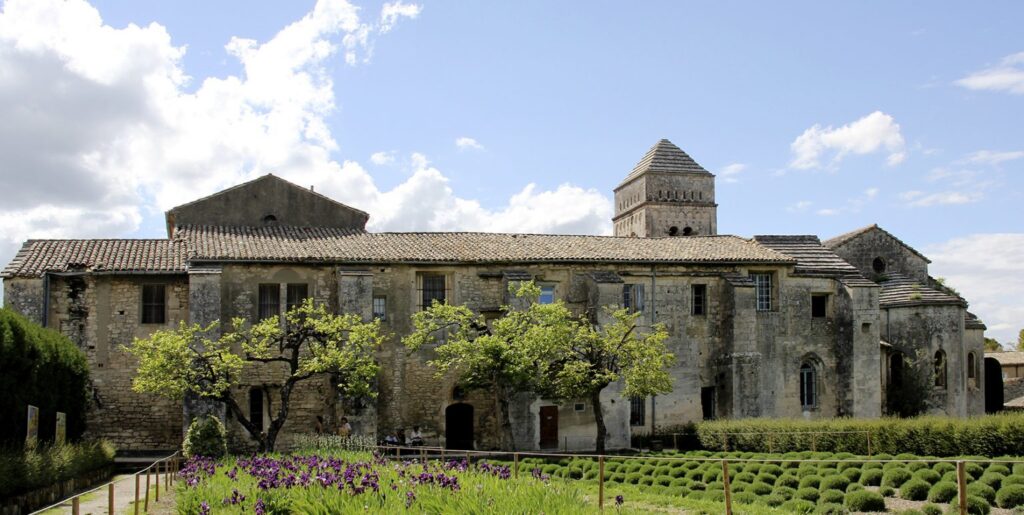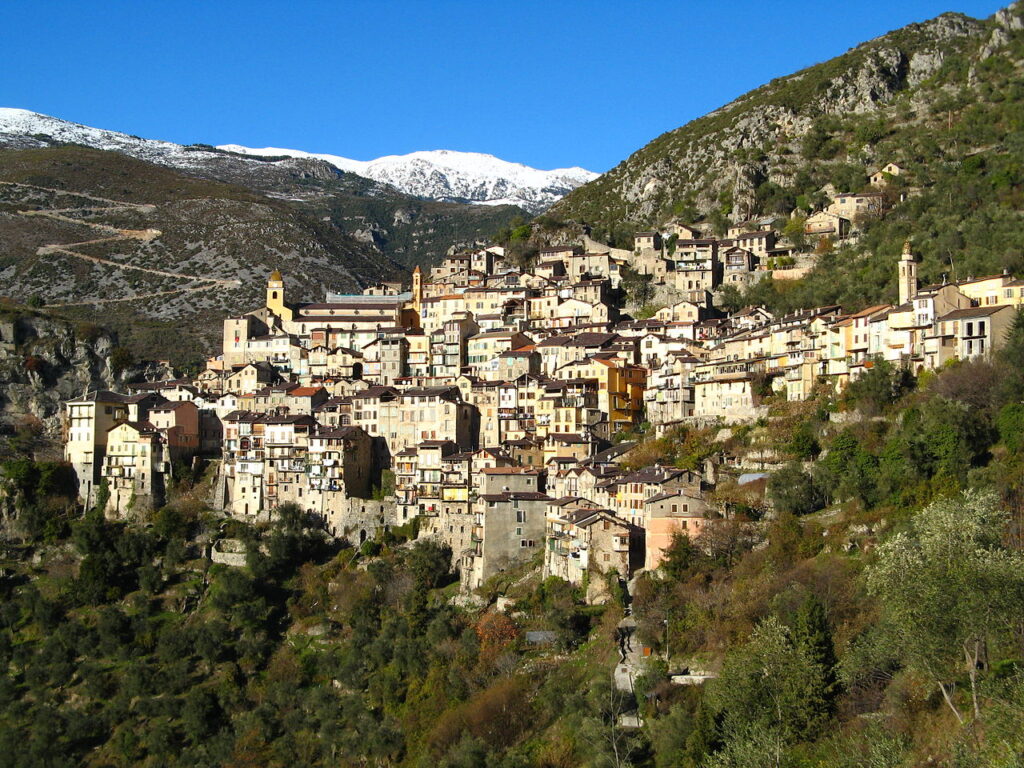
When most people think of the Côte d’Azur, they think of glamorous spots like Cannes, Antibes, and Nice—beautiful cities, all of them. But this glorious corner of France is also home to charming inland villages that are well worth a visit.
There’s high Gourdon, the Eagle’s Nest. And Saint-Martin-Vésubie in the so-called Little Switzerland of Provence. And let’s not forget the “Tibetan village” of Saorge.
You can see a garden designed by the same architect who designed the famous gardens of Versailles, a monastery famous for its ancient sundials, and visit a park where wolves roam free. It’s a fascinating region of France.
Read all about it in Perfectly Provence!

